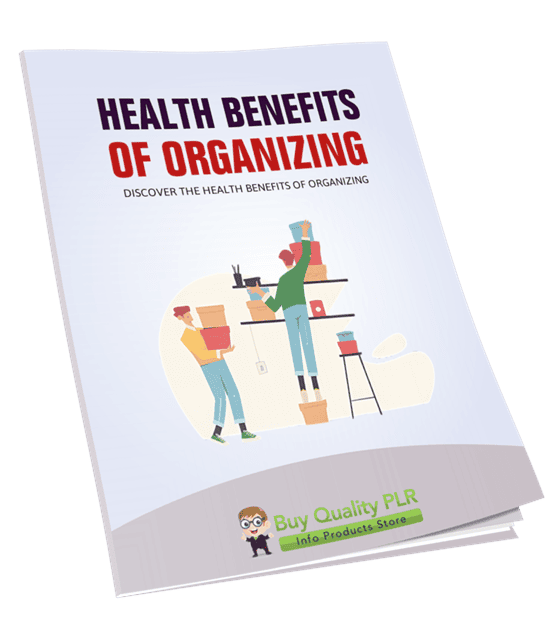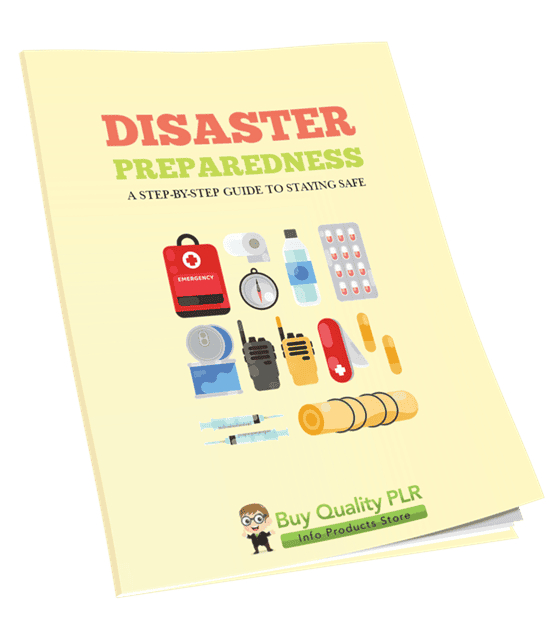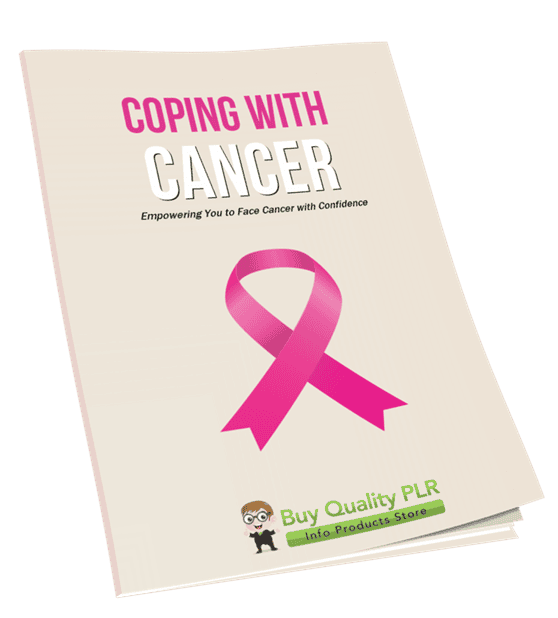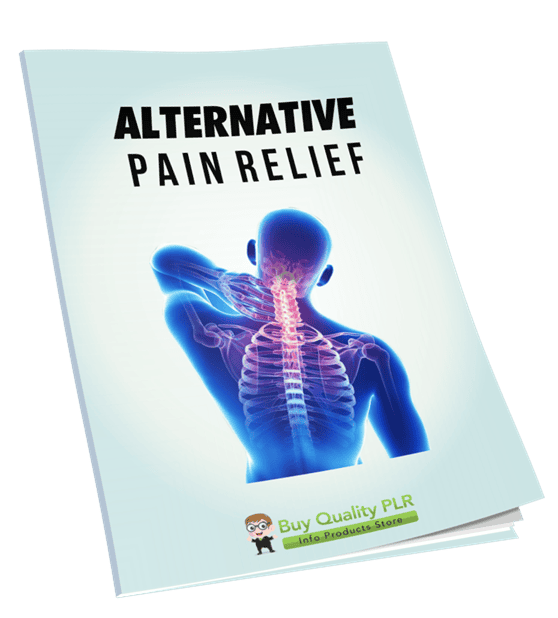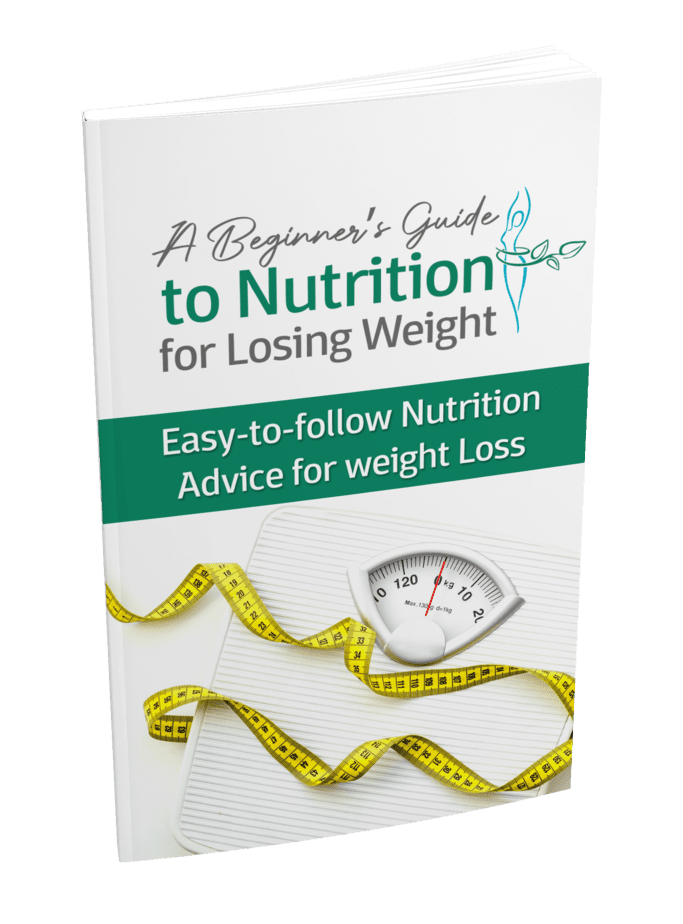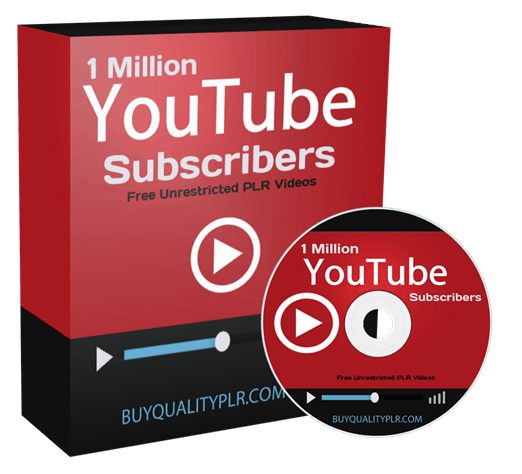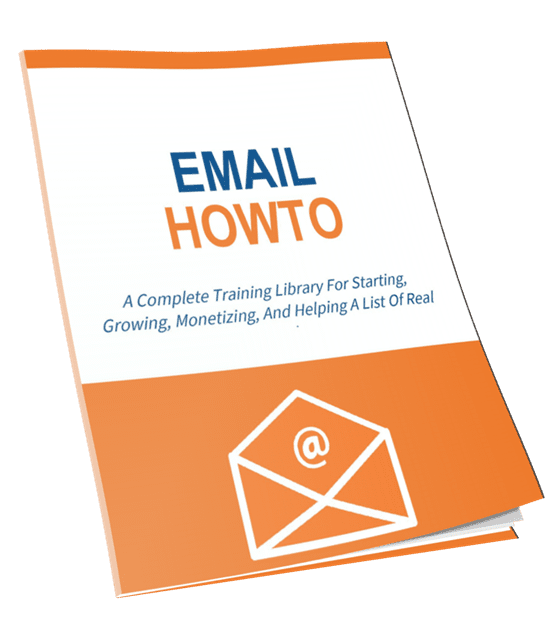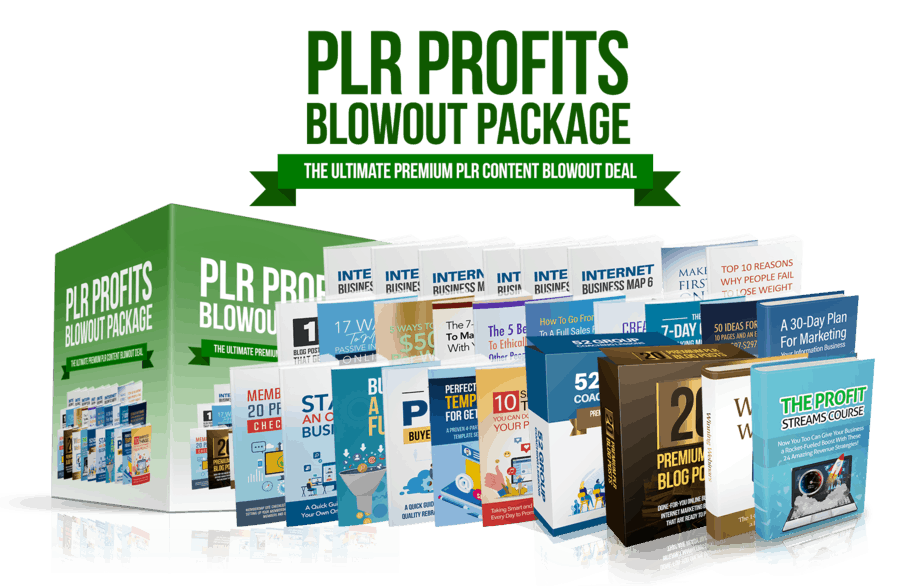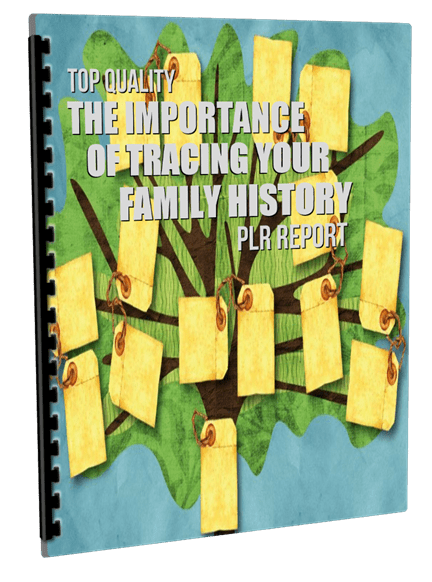
Top Quality The Importance of Tracing Your Family History PLR Report
in PLR Lead Magnets , PLR List Building Reports , PLR List Building Reports , Private Label Rights ProductsChoose Your Desired Option(s)
has been added to your cart!
have been added to your cart!
#TracingYourFamilyHistory #FamilyHistoryGuide #FamilyHistory #FamilyHistoryTips
Top Quality The Importance of Tracing Your Family History PLR Report
A Guide to Tracing Your Family History
Have you ever moved to a small town where your family used to live? If you have, you may have had someone ask you “Who do you belong to?” or “Who’s your daddy?” What they really want to know is what your family background is. Some people can easily rattle off a brief family history to anyone interested in listening; others would be hard-pressed to tell about more than their immediate family or possibly their grandparents.
There are many reasons for learning about your ancestors. In fact, if you ask anyone who has traced the family history why they’ve done so, you’ll receive a variety of answers. Some do it because they want to see if there’s anyone famous in their background. Others choose to search for their ancestors to understand more about why they have red hair or where the unusual birthmark came from. Still others will say they’re tracing their family history because a loved one got them interested in family stories.
You may also hear other reasons as well. When choosing to delve into your family’s background there’s much to learn. Some people think tracing their family’s history is easy but it can be difficult. If you’ve decided to delve into your family’s background to learn the history, how do you know where to start?
Introducing The…
The Importance of Tracing Your Family History

Start where you are
The simplest place to start is with you and your immediate family. Find a copy of a pedigree chart online. They can be downloaded, if you have Adobe Acrobat Reader, from websites such as Misbach.org, Ancestry.com, FamilyTreeMagazine.com, and CanadianGenealogy.net. Of course, most websites relating to genealogy will offer some type of charts or forms you can download and use.
The first person on the sheet is the person completing the research. This would be you and is listed as number one on the form. Fill in your vital information such as your birth date and your birth place (city, county, and state). If you’re married, be sure to fill out the information with your maiden name if you’re a woman but include your married name, as well.
From this point, go on to your parents. They will be numbered 2 and 3 on the form. Fill in the chart with their vital statistics, using your mother’s maiden name. Remember to fill in as much as possible for each person. If your parents are divorced and there are children with your step-parent, you’ll want to make a note on the form and fill their information out on a separate form.
Next fill in their parent’s information, numbers 4 and 5 for your paternal grandparents, and 6 and 7 for maternal grandparents. You may need to fill in dates of death along with the location (city, county, and state) for those relatives who have passed on.
Continue filling in as much information as you can for your own immediate family. Then move on to the next generation, grandparents, great-grandparents, etc. as far back as your family has information or can remember. This will let you know where to start searching further.
Learn what you can
Even beginning with your immediate family and gathering data on them, you’d be surprised at what you can learn if you take the time to do so.
Take part of a day and spend it with each parent. Ask them to tell you stories about their childhood. What did they remember about their parents, grandparents, and other family members? Were there specific traditions they had as children?
Write down as much of it as you can, or you can use a tape recorder to ensure you don’t forget important details. As you’re tracing your family history, you may find out things you’ve never known before. You may learn that your grandparents were first generation Americans where you may have thought the family had been living the country longer. You may also find your family comes from a different country than you were always led to believe.
Do your parents having brothers and sisters living nearby? Interview them to see how their memories differ from those of your parents. Depending upon if they’re older or younger, aunts and uncles may have different experiences and be able to remember people who were still living when they were younger but who have passed away prior to your parent being born.
Perhaps your aunts, uncles, or other family don’t live nearby. This would be a great opportunity to reach out to them either via telephone, letter, or email. You may even decide it’s time to bring the family back together by planning a reunion at a centralized location so as many people can attend as possible.
If you still have living grandparents, spend time with them asking them similar questions you asked your parents. Take plenty of notes or keep a recorder going to capture the nuances of the stories, as well as have something to pass down to your own children. The more personal information and remembrances you can capture, the more you’ll have to share in the future.
You may be unsure of the types of questions to ask during an interview with loved ones especially if you don’t get to see them very often or you’ve never met them before. You can use pre-planned questions or take your cue from spending time with the relative and merely talking. It’s amazing how people will begin to open up and talk about things they may not have spoken about in years when they’re with family. They feel they can share family secrets because you’re family, too.
has been added to your cart!
have been added to your cart!
Package Details:
- Download File Size – 1.00 MB
- Total Word Count: 3103+ Words
- Word Doc Format – Source File
- Text Doc Format – Source File
License Details:
You can add the articles or content to an ebook or product that you plan to sell or give away for individual use.
You can use the content to build your email list.
You can modify the content by removing, adding or otherwise editing to suit your needs.
You can use the content on your websites, blogs, newsletters or anywhere you publish content.
You can add your affiliate links, product links, Adsense and other ad code.
You can bundle the content into a viral report, free ebook, product or bonus for your customers.
You can charge for access to read this content. For example, a paid ebook, membership site or other paid access content.
You can translate it into another language and resell with personal use rights.
You can add the content as a autoresponder email series.
What you CANNOT do:
1 – You cannot give any type of resell rights to others. In other words, you can sell this stuff, but your customers can’t. Why? This protects all our members and helps ensure there is a consistent limit on the number of sellers of this PLR. We allow 100 members/sellers maximum. Period.
2 – You cannot submit any of the content provided by Buy Quality PLR to reprint article directories or other websites which accept reprint content even if you have edited or reworded the content.
Why? Because many article directories won’t take PLR articles. If everyone started submitting similarly written articles to these directories it wouldn’t be fair for the directory owners, their users or our members. Be fair to everyone involved and don’t do it, even if you feel you’ve edited or reworded the article.
Share Now!

